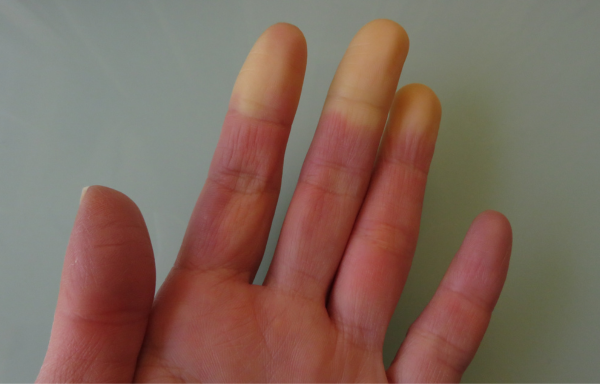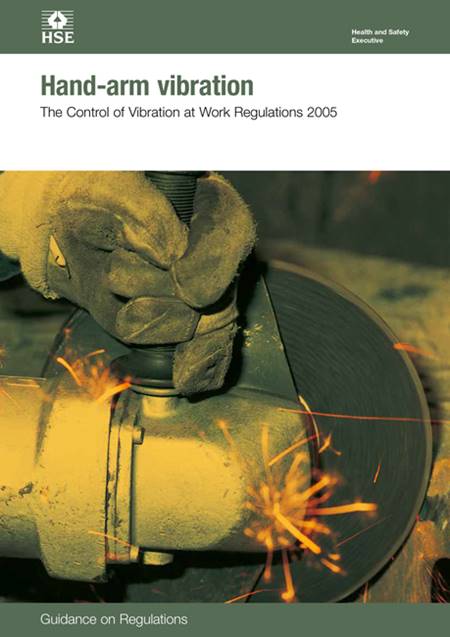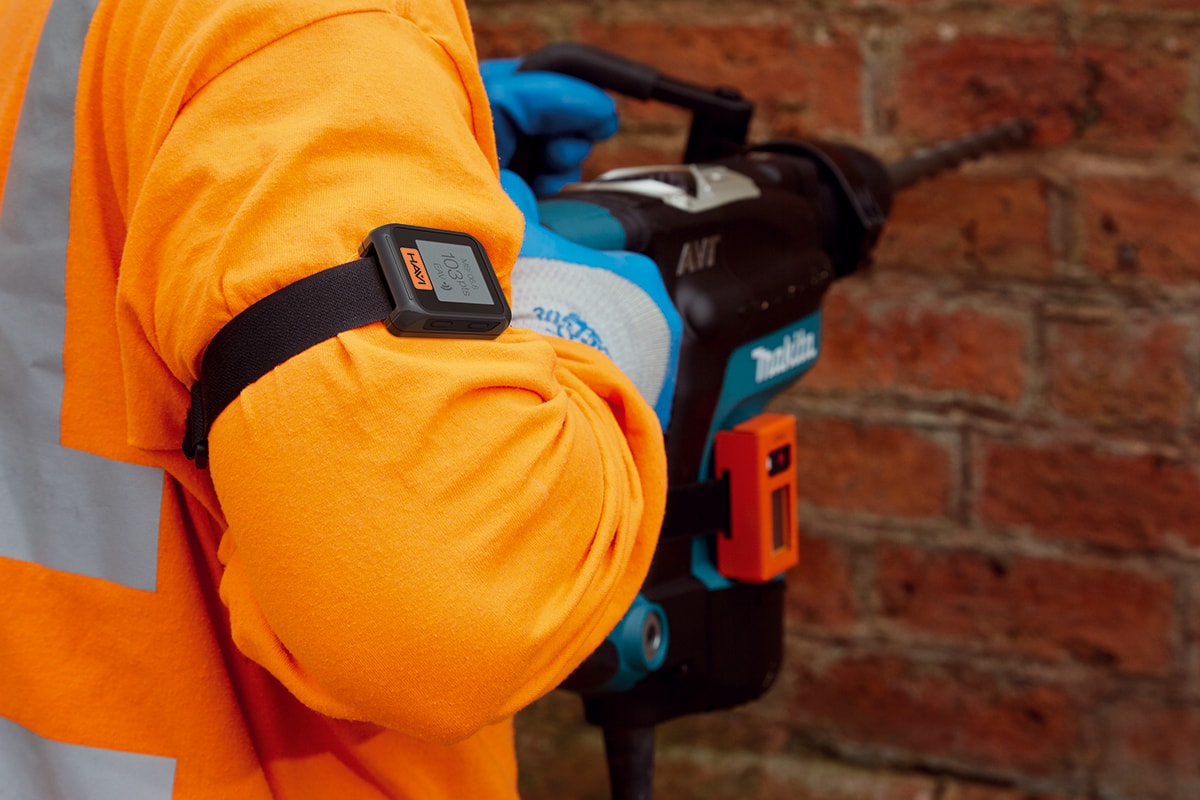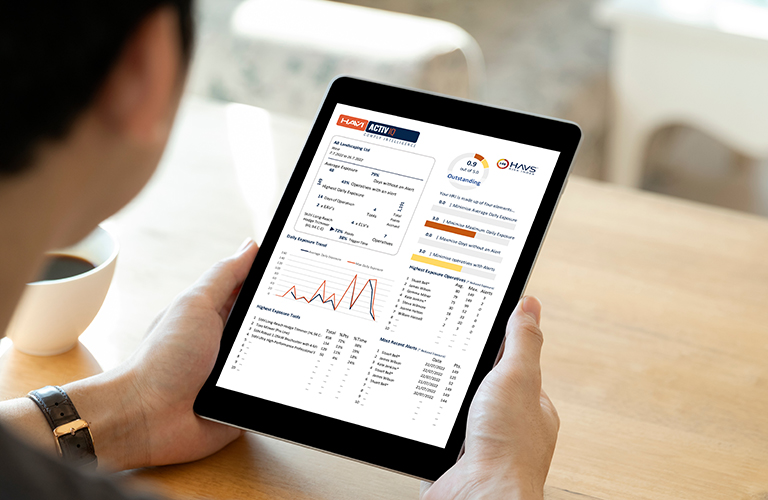HAV Hand Arm Vibration at Work

The subject of HAV hand-arm vibration is becoming more and more prevalent in the workplace, and companies with a workforce that regularly use hand-held power tools are starting to sit up and take notice, due to the risks of HAVS hand-arm vibration syndrome or vibration white finger. This article looks at HAV hand-arm vibration in more detail and covers the following:
What is HAVS hand-arm vibration syndrome?
Who is responsible for protecting workers against HAVS?
Who enforces the Control of Vibration at Work Regulations 2005?
What are the risks of an inadequate hand arm vibration policy?
How do companies ensure they have an adequate hand arm vibration policy?
How to become HAV hand arm vibration compliant for a fixed cost!
Why is it vital for companies to take HAV hand arm vibration compliance seriously?
What is HAVS hand-arm vibration syndrome?

Prolonged exposure to vibrating tools can cause hand-arm vibration syndrome, a condition that is also known as vibration white finger. Often abbreviated to HAVS, hand arm vibration syndrome is a painful and preventable disorder that causes numbness, tingling, and loss of nerve sensitivity to the hands and forearms. Once the damage is done, it is irreversible.
Who is responsible for protecting workers against HAVS?
The HSE Health and Safety Executive estimates that nearly two million people are at risk of HAVS hand-arm vibration syndrome. The Control of Vibration at Work Regulations 2005 was introduced in July 2005, with the aim to protect workers from the risks to health from vibration exposure. It is the employer’s responsibility to ensure workers comply with the vibration regulations, with a suitable and sufficient risk assessment and policy in place.
Who enforces the Control of Vibration at Work Regulations 2005?
Regulations 2005?
The HSE Health and Safety Executive is focussing on adherence to the Control of Vibration at Work Regulations 2005, and inspectors are actively visiting organisations to ensure adherence to the regulations and prevent damage to employee’s health where companies are failing to comply with the law. Failure to have a robust vibration policy in place will lead to criminal prosecution, often resulting in hefty fines.
What are the risks of an inadequate hand arm vibration policy?
There is a moral and legal responsibility of employers to ensure their workforce is not exposed to white finger or HAVS hand-arm vibration syndrome. Practises such as relying on vibration figures taken from tool specification manuals, will not protect employers from litigation and subsequent prosecution. Civil prosecution from workers using ‘no win no fee’ solicitors are becoming more and more commonplace and can be expensive and time-consuming for companies to defend.
How do companies ensure they have an adequate hand arm vibration policy?
adequate hand arm vibration policy?
Following extensive research with construction and engineering companies, Protrade have discovered that many organisations do not have a robust hand arm vibration policy in place. In many instances and due to a lack of understanding, any form of compliance has permanently been put on the backburner – leaving employers exposed to litigation or significant fines. To help organisations navigate the complexities of hand-arm vibration, Protrade have teamed up with HAVi – the UK’s leading specialist in providing solutions for managing HAVS hand-arm vibration syndrome – to create an effective and affordable support package to protect both employees and employers.
How to become HAV hand arm vibration compliant for a fixed cost!
for a fixed cost!
Research in the construction and engineering sector highlighted that companies are concerned about unforeseen and escalating variable costs when engaging in solutions for HAV risk management and compliance. To eliminate this concern, Protrade have agreed an exclusive fixed cost arrangement with HAVi, ensuring our customers experience a complete service solution from initial audit through to monitoring, recording, training and ongoing improvements… with no hidden costs or surprises!
Protrade now have a partnership arrangement, where HAVi – the vibration experts – ensure ongoing compliance in line with the latest L140 guidelines, whilst Protrade’s expertise in tools and consumable items focuses on reducing vibration levels without compromising productivity… in many cases promoting improved efficiencies for greater productivity… a win-win scenario.
For more information about HAV hand arm vibration compliance at a fixed cost, click here.
Why is it vital for companies to take HAV hand arm vibration compliance seriously?
Civil claims for vibration exposure are on the increase. If a business does not have the correct policies and procedures in place and cannot produce data and documentation that proves appropriate action has been taken to prevent injury from HAV hand arm vibration, then claims are notoriously difficult to defend. Typically, the burden of proof lies with the defending party, so if an organisation is not compliant, companies face an increased risk of being found guilty of negligence.
Whether it’s a genuine case or simply a disgruntled employee contacting a ‘no win no fee’ solicitor, any claim will be a major disruption and costly to businesses. Many insurance companies are also no longer covering the costs of such claims, especially if organisations cannot demonstrate that the business has adhered to the latest published L140 HAVS hand arm vibration guidelines. There is both a moral and legal responsibility to ensure that companies have a robust hand arm vibration policy in place.
Related Articles

Joint Managing Director, Protrade
Craig has over 30 years of experience at Protrade, working in various departments including sales, procurement, and marketing, and ultimately becoming Managing Director in 2008. Following the merger of Protrade and Joinery Fit-Out Supplies in 2018, Craig is now the joint MD of the company.



